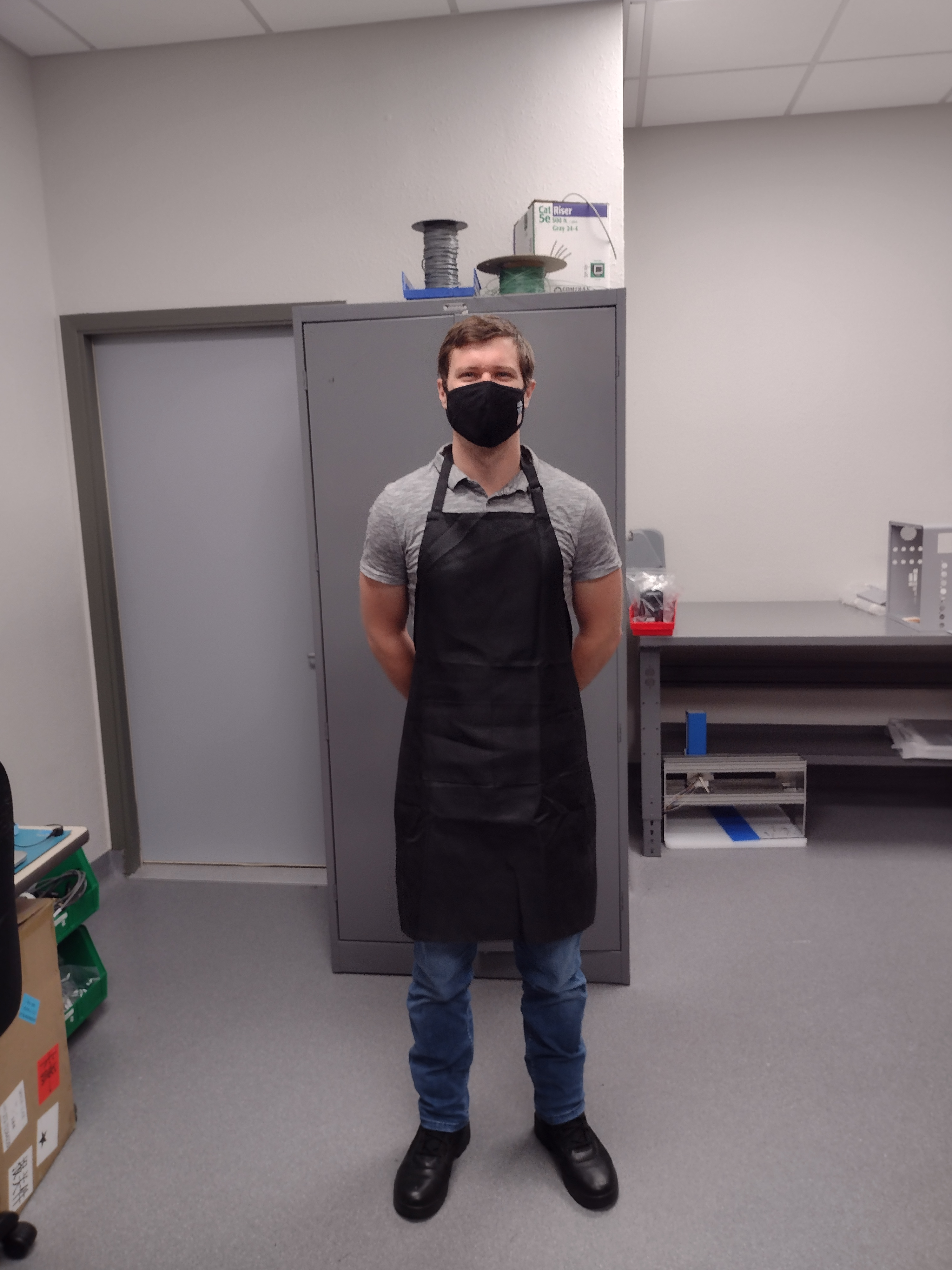
Hi, I'm Chris. I got my Mechanical Engineering degree from Cal Poly Engineering School where I also worked in material research. In 2016 I moved to Madison and have been working as a Design Engineer ever since. My career has afforded me the opportunity to work on all types of projects including spectroscopy, automation, nanofibers, mirrors and lenses, equipment racks, microscope objectives, hydraulics, bioreactor equipment, and too many pieces of assorted laboratory equipment to count. I often used this knowledge to assist friends and colleagues from other companies, who would also assist me in their areas of expertise. Common requests were design aid, assistance turning ideas into proper 3D models and CAD drawings, or running a few parts on my personal 3D printers. I began looking forward to this work. Directly helping people realize their ideas was the most fulfilling work I had done. After enough success, I decided to start my own business and commit to this full time.
3D Printing
I have been working with 3D printers since 2012. Let me say, 3D printers have come a LONG way since then in both capability of the machines and knowledge available to those operating them. I was there for the evolution of 3D printing from an interesting (and often frustrating) hobby to a viable and thriving industry. I have worked with an $89 mini printer, a six-figure StrataSYS machine, and everything in between. This method of manufacturing has opened the door to a whole new assortment of design possibilities. Multiple clients are currently pursuing patents based on parts designed around 3D printing as their manufacturing method. Parts that formerly required complex machining or intricate, multi-step molds can now be printed for a very reasonable cost. Watching this advancement in the industry and even better, being in a position to help with both the design and manufacture of these new breakthroughs, is everything I hoped for as an engineer.
Privacy
Working with clients who are developing new technologies or pursuing patents rightfully necessitates a level of privacy and data security. As such, I do not advertise my clients nor the parts that I make. All part and design data is transferred to and stored in a secure offline data storage system.
